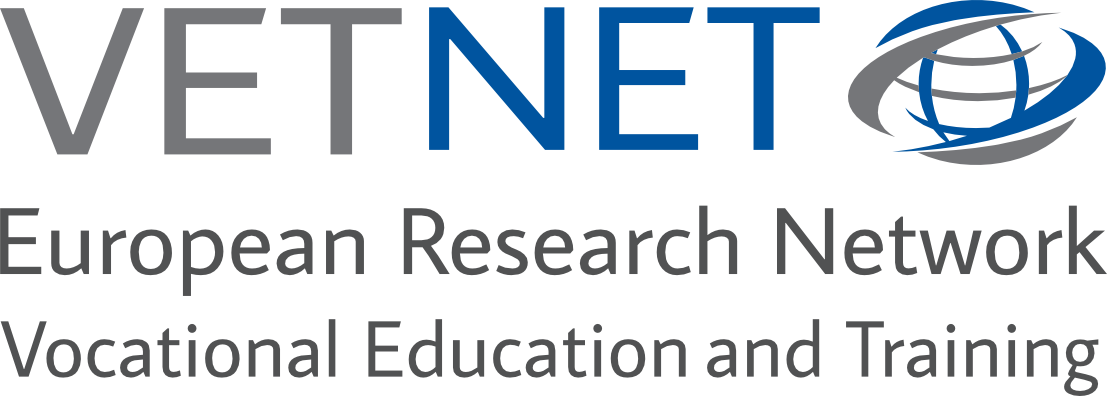Predicting the Future Competence Needs in Working Life: Didactical Implications for VET
DOI:
https://doi.org/10.13152/IJRVET.7.2.3Keywords:
VET, Vocational Education and Training, Job-Related Professional Competence, Job-Related Professional Content, Teaching and Assessment, Workplace LearningAbstract
Context: Two major challenges in professional and vocational education (VET) are low levels of relevance and coherence between the content of the educational program and developing competence in working life. This article is based on an action research project, conducted as a series of experiments at vocational upper secondary schools and during the basic course for postgraduate certificate teaching in professional education for professional educators in Norway. It was carried out with a focus on job-related professional education to meet these challenges. The project is based on a pragmatic theoretical perspective in professional didactical teaching.
Methods: The action research included experiments, observations, evaluations, qualitative questionnaires and interviews.
Findings: The results show empirical examples of didactical principles in job-related professional education; the core of these being the analysis of work tasks and work practice as a basis for curricula analysis and planning of teaching and assessing. This includes job-related planning of content, teaching and assessment according to comprehensive professional competence. The results also show challenges linked to job-related professional education.
Conclusions: The overall results show a need for the development of professional didactical teaching competencies that focus on job-related professional education, to meet the future needs for competence in work life.
Downloads
Online First / Final Publication Date
How to Cite
Issue
Section
URN
License
Copyright (c) 2020 Ann Lisa Sylte

This work is licensed under a Creative Commons Attribution-NonCommercial-NoDerivatives 4.0 International License.





